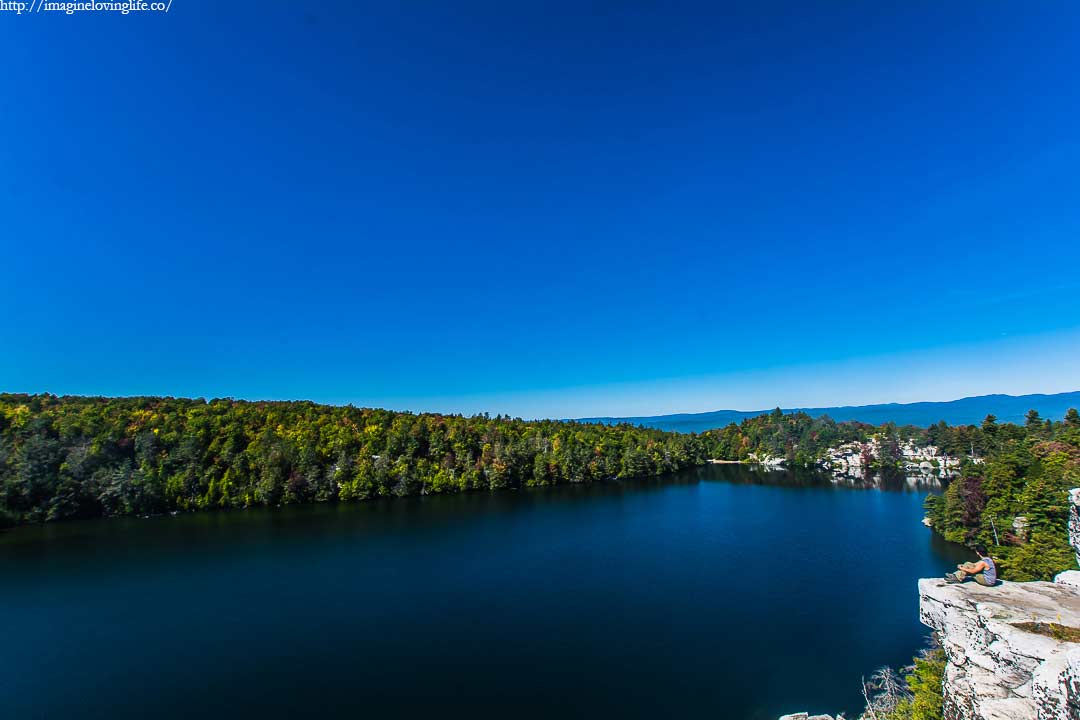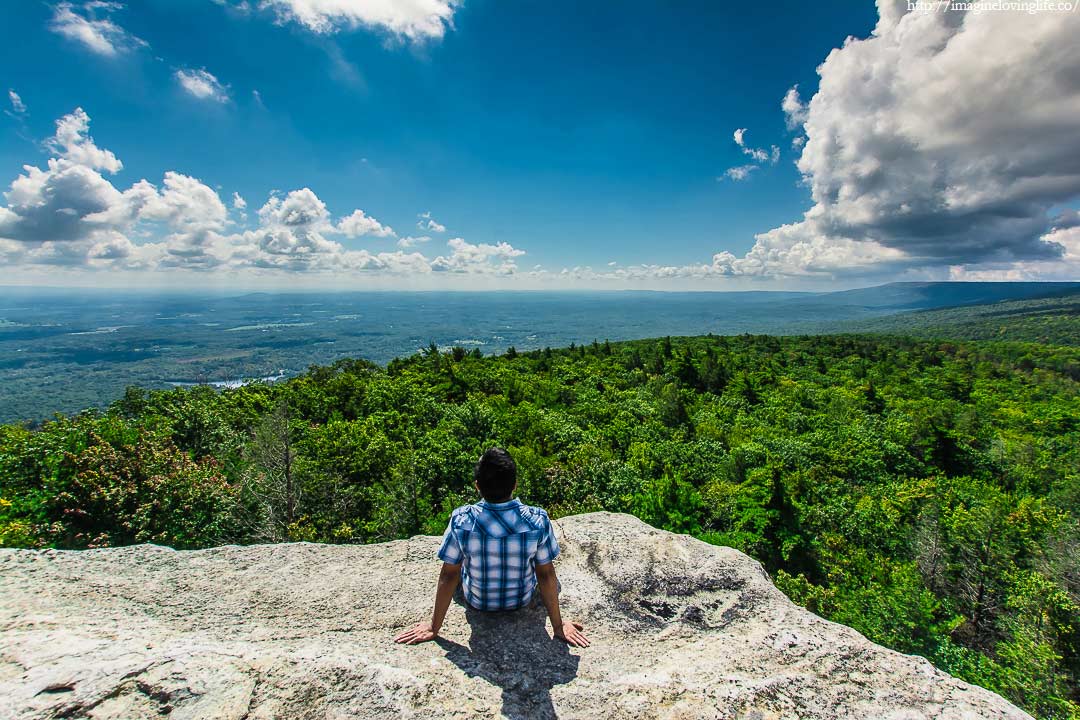
If you love to go backpacking then it is easy to see that the most used cookware in your arsenal is often the cooking pot. The cooking pot can be used as cookware, a bowl and can even be used as a cup. The backpacking cooking pot is often used for coffee, beverages, boiling water to filter for harmful microorganisms, heating up ice, cooking recipes and so on. The cooking pot is very useful and a very versatile cookware that can be used as a tableware as well. Choosing the right backpacking cooking pot for you is important.
Type Of Backpacking Cooking Pots
There are different types of pots depending on how you are planning on using them while in the wilderness.
Cookware
Most backpacking pots are used as a cookware. We need a way to cook recipes, heat up food, heat up water, boil water, and so on. Placing a good sized pot on a backpacking gas stove is often what we are going to do when we are in the wilderness. We need a way to cook foods and a pot works well for a lot of recipes. We will have an easier time frying eggs on a frying pan however, we can do that in a pot also. We can just bring a pot instead of a pot and pan when we are in the wilderness. A pot is a multipurpose cookware that we all should have.
Cookware / Bowl
Some pots are designed to work as a tableware or bowl also. Once you cook your foods, you can just use the pot to eat your foods as well. For example, cooking ramen or noodles will allow you to use the pot as a cookware and tableware at the same time. Keep in mind, that your utensils can melt on the hot pot if they are made out of plastic. You can use the pot to eat cereals, soups, and so on. Some pots are designed to be a tableware, it is just easier to eat in these pots compared to others. The weight, the handle, shape and so on are more bowl like.
Built In Pot
There are also built in pots. These pots can be attached to the gas stove providing stability, balance and ease of use. These pots tend to be somewhat expensive but they are becoming very popular. Everything is done for the backpacker. All the backpacker has to do is place the cooking system on even ground, and light it up. No fuss, no mess, stable, and easy to use. One example of this is the Jetboil Flash System. Everything is setup already for the backpacker. This is very fuel efficient also since less heat are loss due to the wind and temperature of the air.
Large Cooking Pots
There are also large cooking pots for backpacking. This is meant for people who are going to be backpacking as a group. You can cook more foods and more recipes if your cooking pot is pretty big. You can save oil, water and other ingredients if your pot is pretty big which also means you do not need to carry a lot more. You can also save heat and gas when you are boiling water for a group of people. You don’t need to turn off, the gas, pour the water to a different container, and heat more cold water again. Just pouring cold water to the pot will make it cold again which will require more heat and gas.
Small Deep Pot
I have seen a couple small deep pots. These things are great if you love boiled eggs. The deep pots allow you to cook eggs, ramen and other foods more easily. You can save gas, heat and water by using these pots as well. I like them. I’m sure other people like them too. You can also use a large capacity metallic cup for this purpose. They are deep and can be used as a cookware.
Set Or Individual Piece
When you are getting a backpacking cooking pot, you can either get a set or get individual pieces.
Set
A set will have more items than the pot. A set often means a mess kit or a set of cookware and tableware for backpacking. A set will often have a nested design which makes everything more compact and easy to carry. A set is also a lot more inexpensive than getting individual pieces. You will often get enough cookware and tableware items for 1 person for a reasonable price. So a set is pretty good if you are a beginner backpacker or don’t plan on backpacking all the time.
Individual
You can also get individual pieces or just a pot. You will have more control of the size, shape, material, and capacity of the item. This is ideal if you have been backpacking for some time. You already know the recipes and foods that you like so you already know what kind of cookware you will often use in the outdoors. Getting individual pieces will often be more expensive. However, you can get better quality and be more specific about the features that you want.
Choosing The Cooking Pot Material
Cooking pots for backpacking will be made out of three common materials.
Stainless Steel
Stainless steel is one of my most favorite materials for backpacking. This material is tough, durable, can handle drops, slips and falls, and this material heats up well also. Stainless steel pots is not very compact. You cannot fold it or change the shape of it. However, you can insert other cookware inside of it to save space in your backpack. Cleaning stainless steel is also very easy. You can use a steel wool to clean this cookware material. The steel wool will not create a dent or scratch on this item.
Hard Anodized Aluminum
This is a pretty good material as well. This is a more cheaper alternative. If you are new to backpacking then getting pots made out of this material is a wise decision. You will get a feeling of what type, size or shape of cookware or cooking pot you want for a very inexpensive prize. Cookware that are made out of this material often come in a set or a mess kit. You will get a bunch of items with the cooking pot that you want.
Titanium
Titanium is most likely the most expensive material that you can get. This is a lot more durable than hard anodized aluminum but not as durable as stainless steel. This has anti corrosion properties and anti rust properties which makes this an ideal material for cooking pots and cookware in general. Titanium is also very lightweight which makes this ideal for backpacking. We always have to consider the weight of our items whenever we are going to hike a lot of miles and titanium made cookware are very light or low in weight.
Non-Stick Coatings
Non-stick coatings allow the cookware to be easy to clean and easy to cook with. If the food ingredients do not stick to the metal, we can clean or wash the cookware easily.
Teflon
Teflon is considered to be pretty safe at least according to most of the websites that I visited. It is the chemical called PFOA that is considered a carcinogen. Most cookware no longer uses PFOA and they just use Teflon. As long as you don’t heat up Teflon cookware at 570°F or 300°C then you are good. At those temperatures, the fumes from the Teflon can make you sick and they can even kill you as well. You shouldn’t swallow Teflon as well, so you cannot use steel wool to clean your cookware or use metal utensils. You have to be very careful with most hard anodized aluminum cookware if they have Teflon since these cookware are easy to scratch.
Even so, I still have a couple of Teflon coated cookware in my home and backpacking cookware set. This just makes cooking and cleaning a lot easier.
Ceramic
Ceramic is known to be safer than Teflon but more expensive. Ceramic coatings are typically made out of minerals like silicon and oxygen. Not to be confused with the synthetic plastic like material called silicone. Silicon is a natural occurring mineral. Ceramic coatings have a pretty good reputation for being safe. There are a couple of outdoor companies that use ceramic coatings. Ceramic coatings are often more expensive than Teflon coatings though so you may end up paying for more.

Pot Accessories And Other Things To Consider
Pot Gripper
There are a lot of backpacking cooking pots that do not have handles. The pots do not have handles because they are meant for campfire. Campfire flames can get wild and can get very big. So the handles are pretty much useless since the flame will often engulfed the whole pot. Some handles are made of rubber or materials that can melt also. So metallic pot grippers or even lightweight oven mitts can definitely offer some help and make cooking in the outdoors a lot easier.
Lids
Getting lids for your backpacking cooking pot is also very important. Some pots do not come with lids but if you are lucky, you can get one from a third party vendor that fits your pot. Lids help reduce the boiling time of water and lids also reduces cooking time or heating time for foods. You can save a lot of gas and heat by having lids. You can save time waiting for your foods to be ready or waiting for your water to be purified. The time saved will allow you to walk and backpack more.
Utensils
Think about getting utensils for your cooking pots. You can get a long spoons, sporks, chopsticks or the normal spoon, fork and knife set. Utensils will help you cook foods easier while in the wilderness. Picking the right utensil will help save your cooking pot from scratches as well. If you have coatings on your cooking pot, you don’t really want to create scratches on them. If you have good cooking utensils, you can prolong the life of your cooking gear.
Weight
This is pretty self explanatory if you love to go backpacking. You obviously cannot bring very heavy cookware or very heavy backpacking cooking pots. However, if you love to cook and eat delicious foods, you maybe tempted especially if you are a beginner. For example, for me, I have to have my coffee in the morning so I am always tempted to bring some of my heavy coffee equipment. It the same for foodies or food enthusiasts. You maybe tempted to bring heavy gear. If you are backpacking for lots of miles, then you shouldn’t. But if you are backpacking to a nearby lean-to and staying there you can bring heavier equipment.
Size And Shape
This is also pretty self explanatory if you go backpacking a lot. Your backpack has a limited amount of space. It cannot carry a lot of gear or equipment. So you have to be more selective of your backpacking gear which means that you cannot just bring any cooking gear you want. The size and shape of your cooking gear matters a lot. If possible, try to get cooking pots with a nested design. Pots where you can put multiple cooking gear or backpacking gear inside. You can save a lot of space and have more room for other items this way.
References:
- https://www.outdoorgearlab.com/topics/camping-and-hiking/best-camping-cookware/buying-advice
- https://www.scientificamerican.com/article/are-nonstick-pans-safe/
- https://www.rei.com/learn/expert-advice/cookware.html
- https://www.thecookwareadvisor.com/ceramic-coated-cookware-safety-secrets-that-no-one-will-tell-you/
- https://www.edf.org/health/three-ways-bpa-free-wont-protect-you
- https://www.healthline.com/nutrition/nonstick-cookware-safety